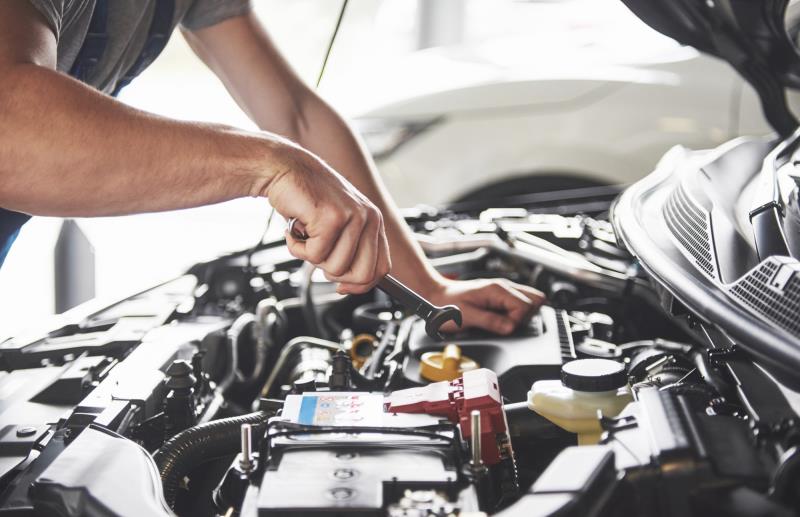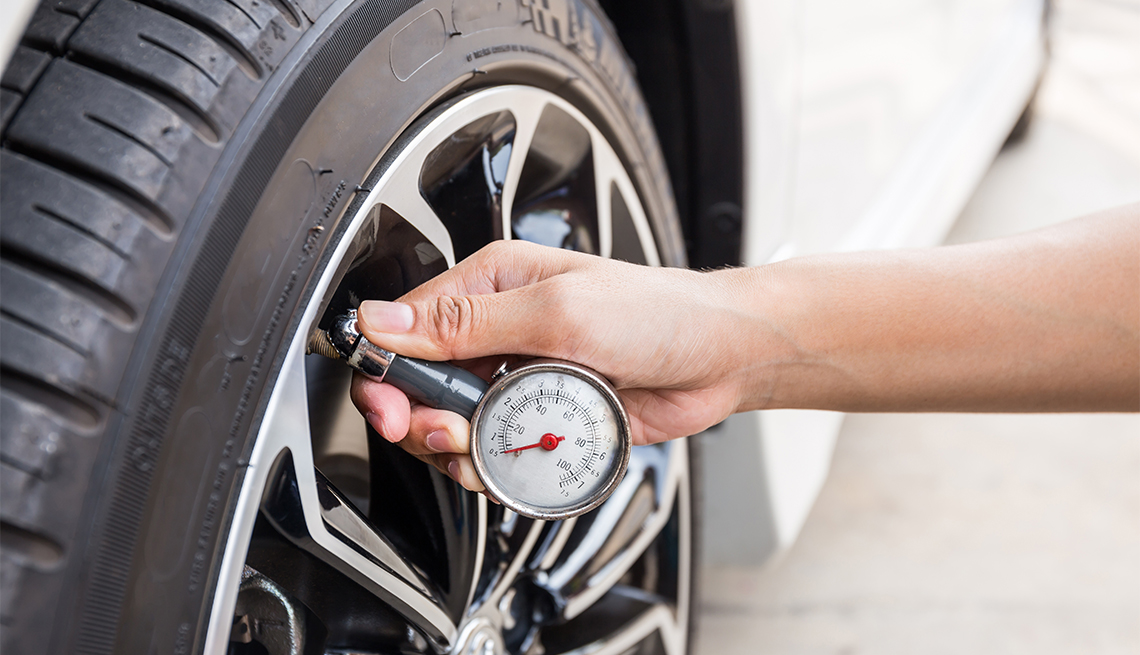
Maintenance Cost
For daily commuters and weekend adventurers alike, maintaining a vehicle is one of the most important aspects of car ownership. Neglecting it can quickly lead to costly repairs that put a dent in your wallet. With a few simple steps, you can extend the life of your car, lower your expenses, and keep it on the road instead of in the repair shop.
In this guide, we’ll cover why car maintenance is crucial for your budget, how much you should set aside for it, and five practical tips to help you save money while keeping your car in peak condition.
Why Car Maintenance Matters for Your Finances
Caring for your car may feel like just another task on your to-do list, but it’s actually a powerful way to save money over time. Routine upkeep, such as oil changes, tire rotations, and air filter replacements, does require some upfront costs. However, these expenses are minimal compared to the hefty repair bills that result from skipping them.
Take oil changes as an example. Overlooking this simple task can cause severe engine damage, often leading to repairs costing thousands of dollars.
Similarly, ignoring tire pressure or failing to rotate your tires can result in uneven wear, blowouts, or the need for premature replacements. All of these can strain your budget far more than routine maintenance ever would.
Additionally, setting aside money for regular servicing not only helps prevent major issues but also keeps your car running safely and efficiently for years to come. The longer your vehicle lasts, the less you’ll spend on buying a new one.
5 Key Car Maintenance Tips to Save Money
1. Stay Consistent with Oil Changes
Oil changes are among the most affordable yet vital forms of car care. Fresh oil reduces friction, keeps engine components lubricated, and prevents overheating. Neglecting this task allows oil to degrade, which puts unnecessary strain on your engine and could lead to expensive damage.

2. Keep Tires Properly Maintained
Tire upkeep not only helps you save money but also protects your safety. Worn or poorly inflated tires affect handling, fuel economy, and road grip. Here’s how to stay on top of it:
Check tire pressure monthly and before long trips using a reliable gauge. Refer to your owner’s manual or the driver’s side door sticker for the recommended PSI.
Inspect tread depth with the simple penny test. If you can see the top of Lincoln’s head when inserting the coin upside down into the tread, it’s time to replace your tires.
Rotate tires every 5,000–7,500 miles (or as your manufacturer recommends) to ensure even wear and extend their lifespan.
3. Maintain the Battery and Engine
A car won’t run without a strong battery and a healthy engine, making their maintenance non-negotiable. For the battery: Inspect the terminals for corrosion and clean them with a baking soda–water solution if needed.
Ensure the battery is tightly secured, since vibration shortens its life. Most last 3-5 years, so test yours regularly once it reaches that age.
For the engine: Don’t ignore the check engine light. While it may be something minor, like a loose gas cap, it could also point to serious issues. Addressing problems early prevents them from escalating into costly repairs.
4. Replace Air Filters and Spark Plugs on Schedule
These small parts have a big impact on performance and fuel efficiency.
Air filters keep your engine breathing clean air. A clogged filter reduces efficiency and forces the engine to work harder. Replace it every 12,000-15,000 miles or as suggested in your manual.
Spark plugs ignite the fuel-air mixture that powers your car. Worn ones can cause misfires, poor fuel economy, and sluggish performance. Replacement intervals vary from 30,000 to 100,000 miles, depending on your car.

5. Prioritize Preventive Maintenance
Preventive maintenance is about spotting problems early before they spiral into major expenses.
Stick to your manufacturer’s maintenance schedule and schedule regular inspections. This allows mechanics to catch issues like fluid leaks, worn brakes, or weak batteries before they cause breakdowns.
Know your limits, too, simple tasks such as topping off fluids, checking tire pressure, or swapping windshield wipers can easily be done at home. But when it comes to complex systems like brakes or engine diagnostics, relying on a professional is the safer, more cost-effective option.
Other Ways to Cut Car Ownership Costs
Beyond maintenance, you can also save by reducing insurance expenses. Many insurers provide discounts for safe driving, low mileage, bundling policies, or installing anti-theft devices.
When shopping for new coverage, don’t assume that low-cost policies mean reduced protection. Compare quotes, review deductible amounts, and check for extras like roadside assistance. The right policy offers the balance of affordability and comprehensive coverage.



